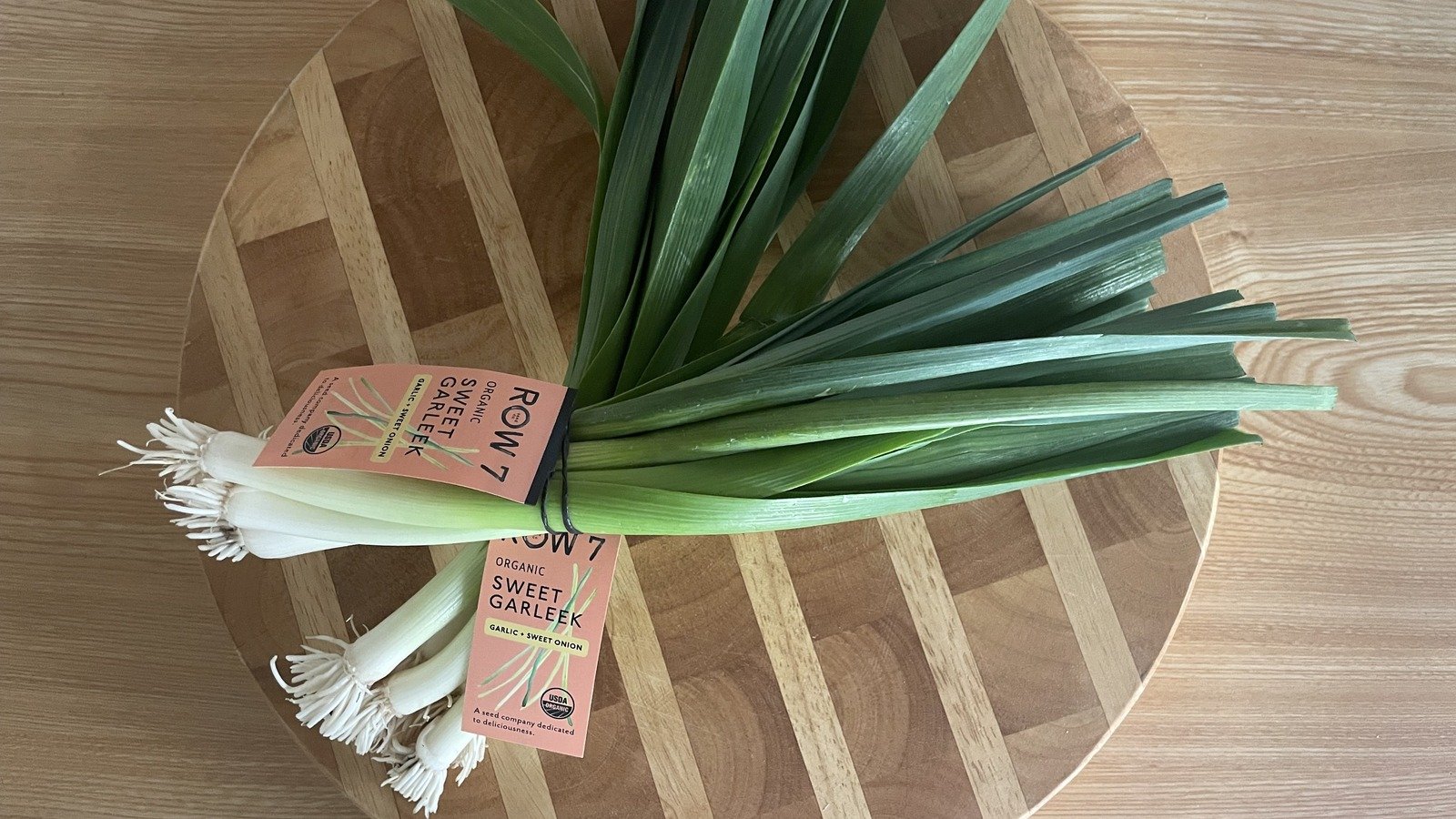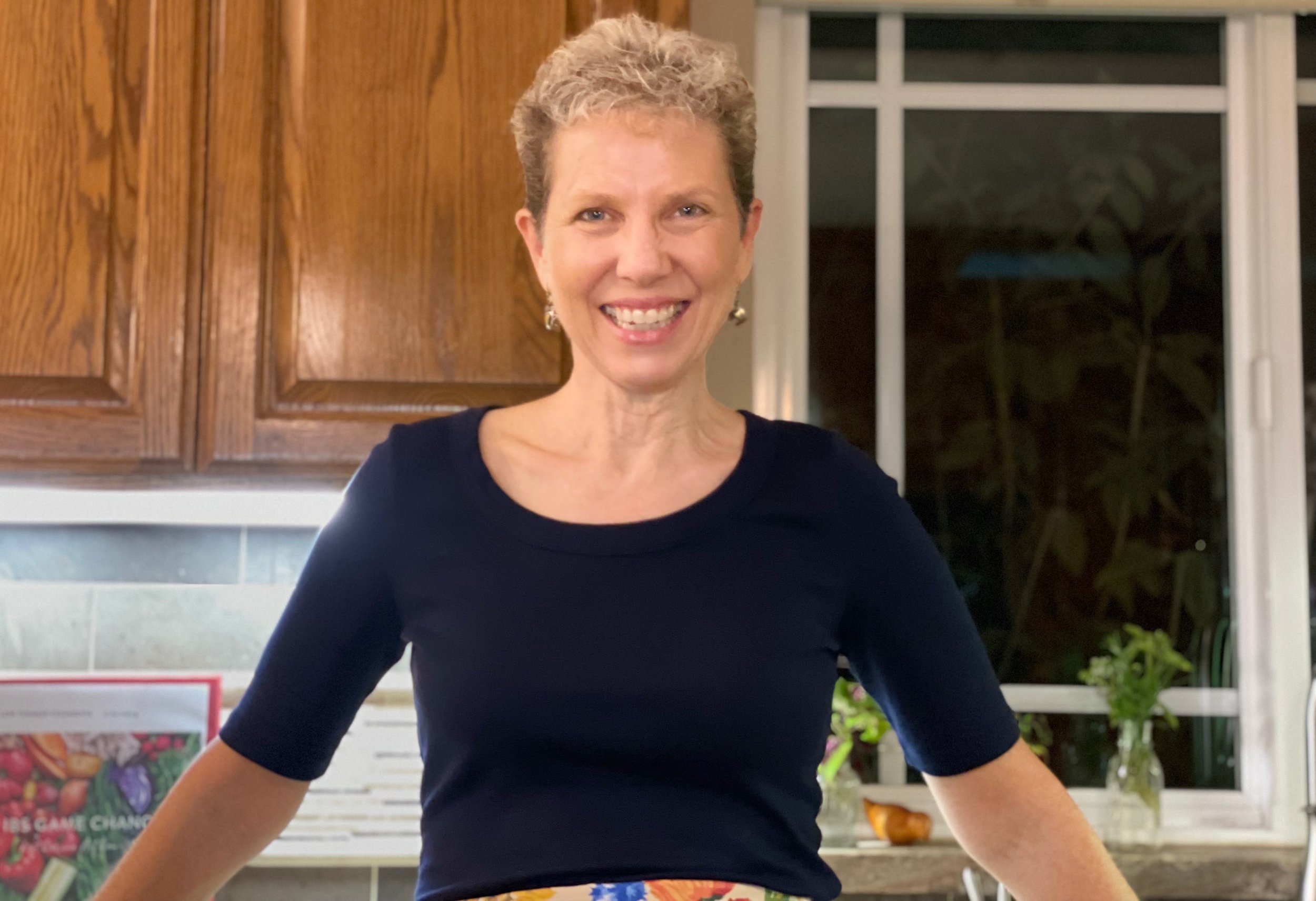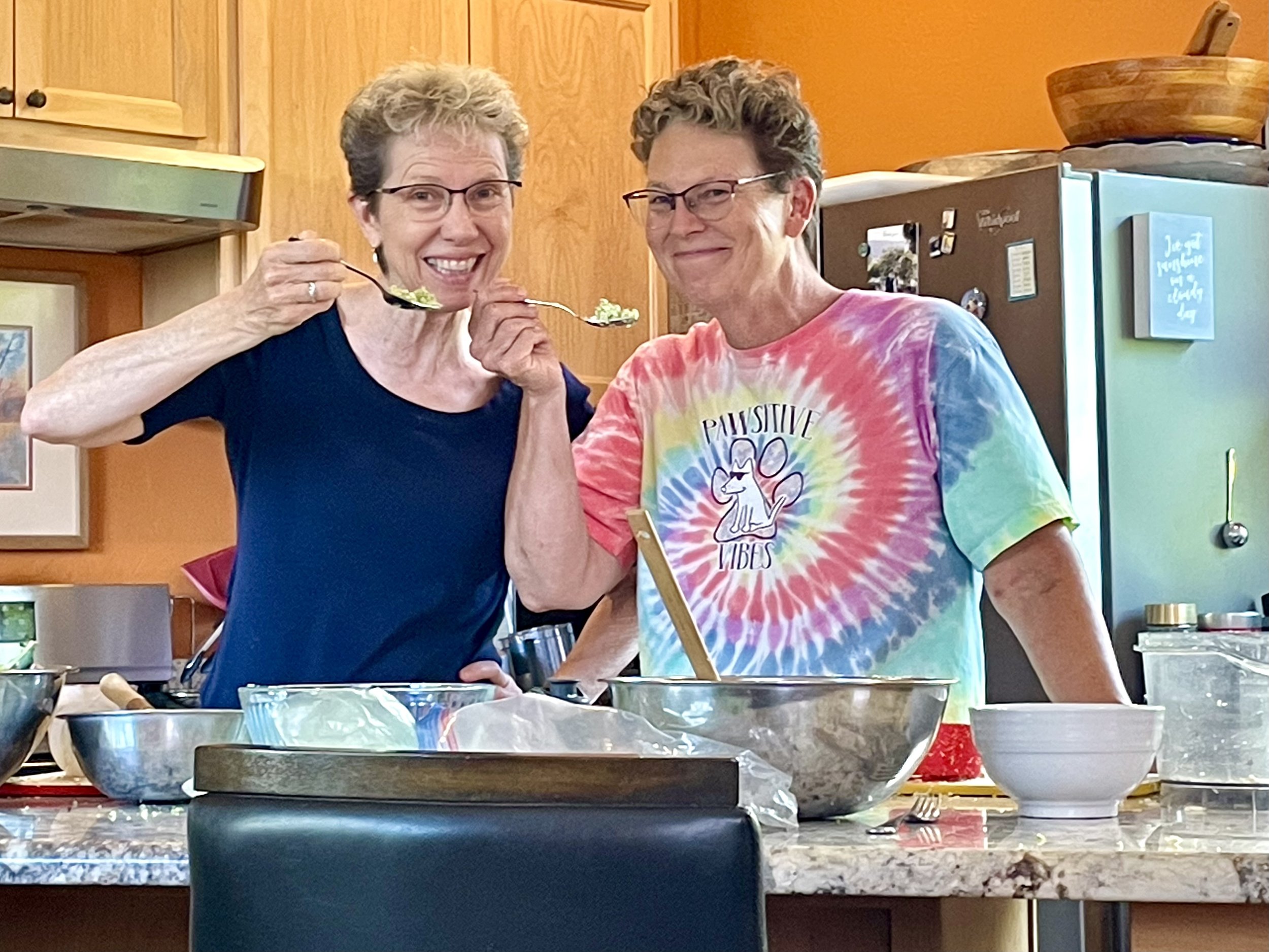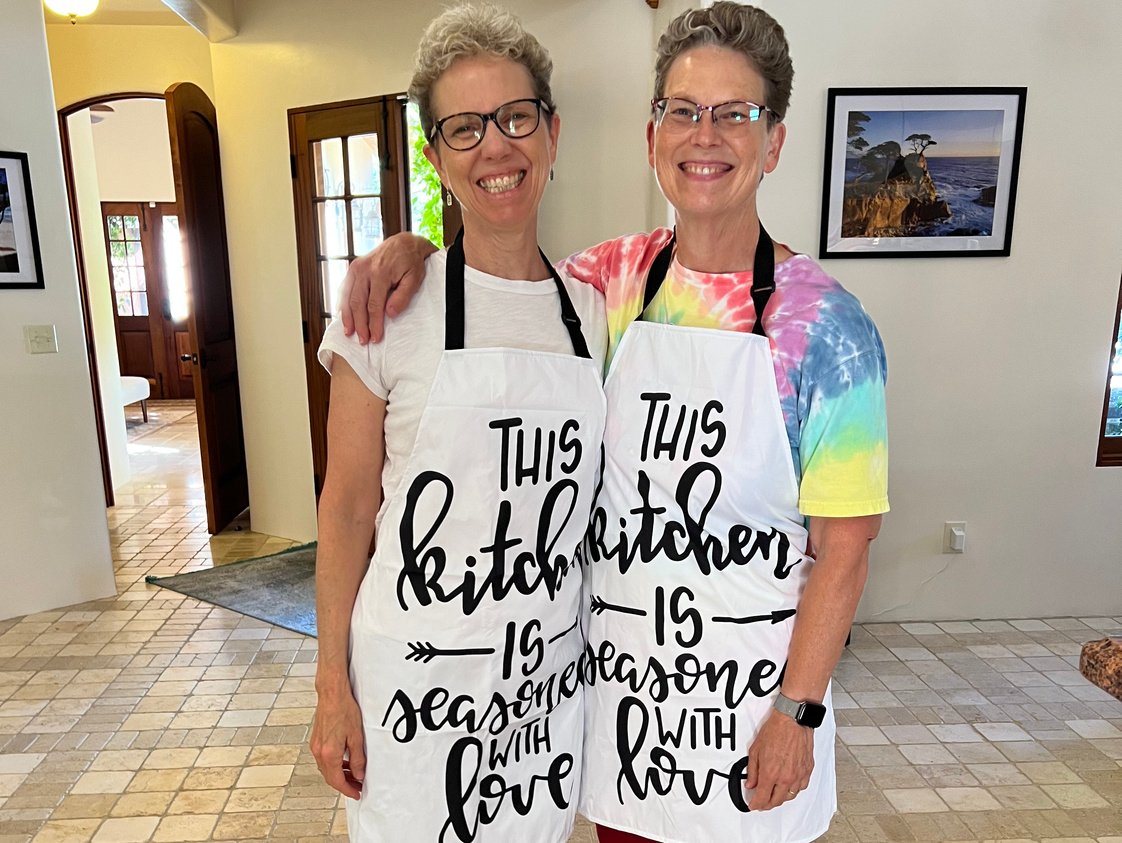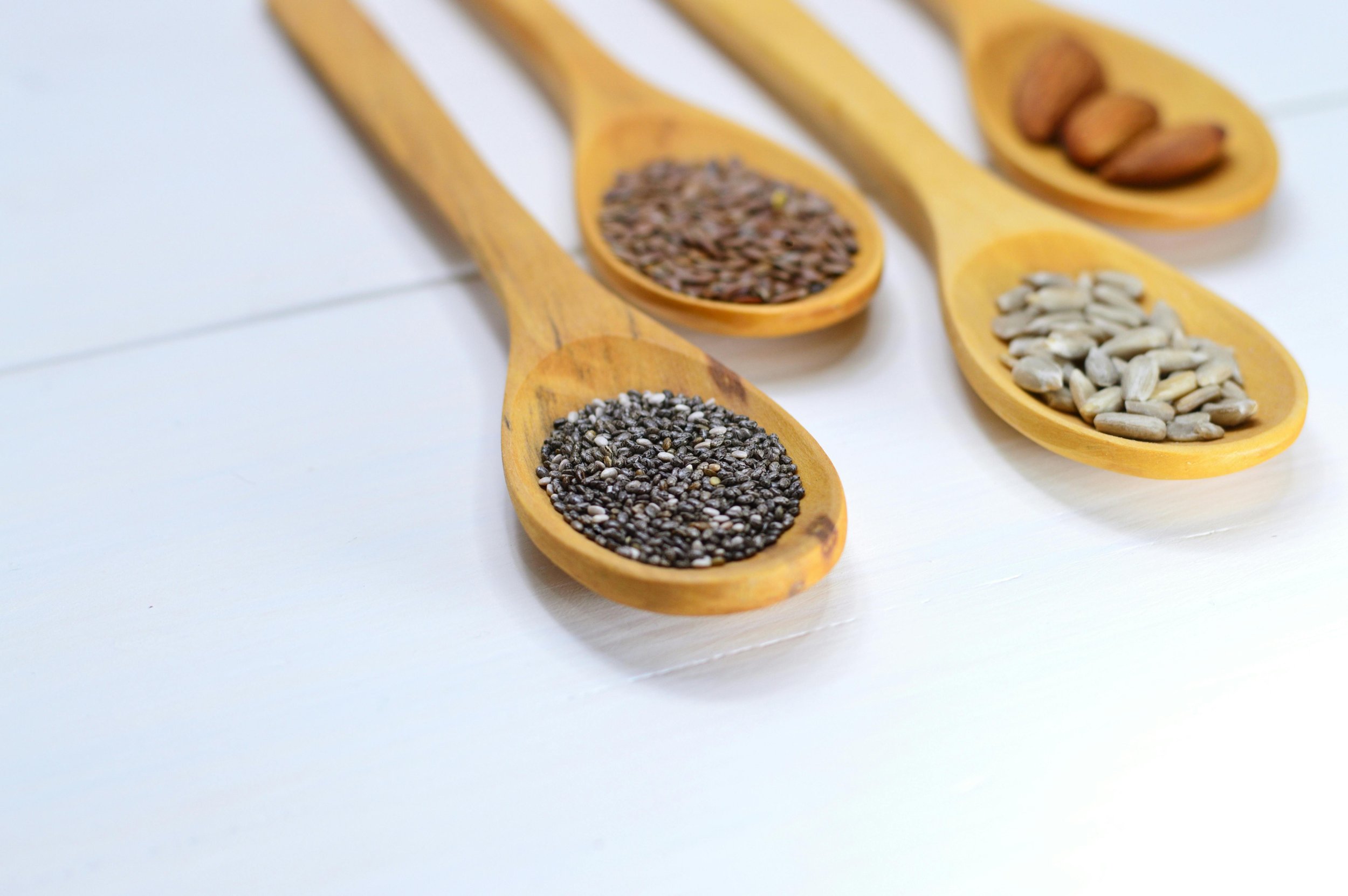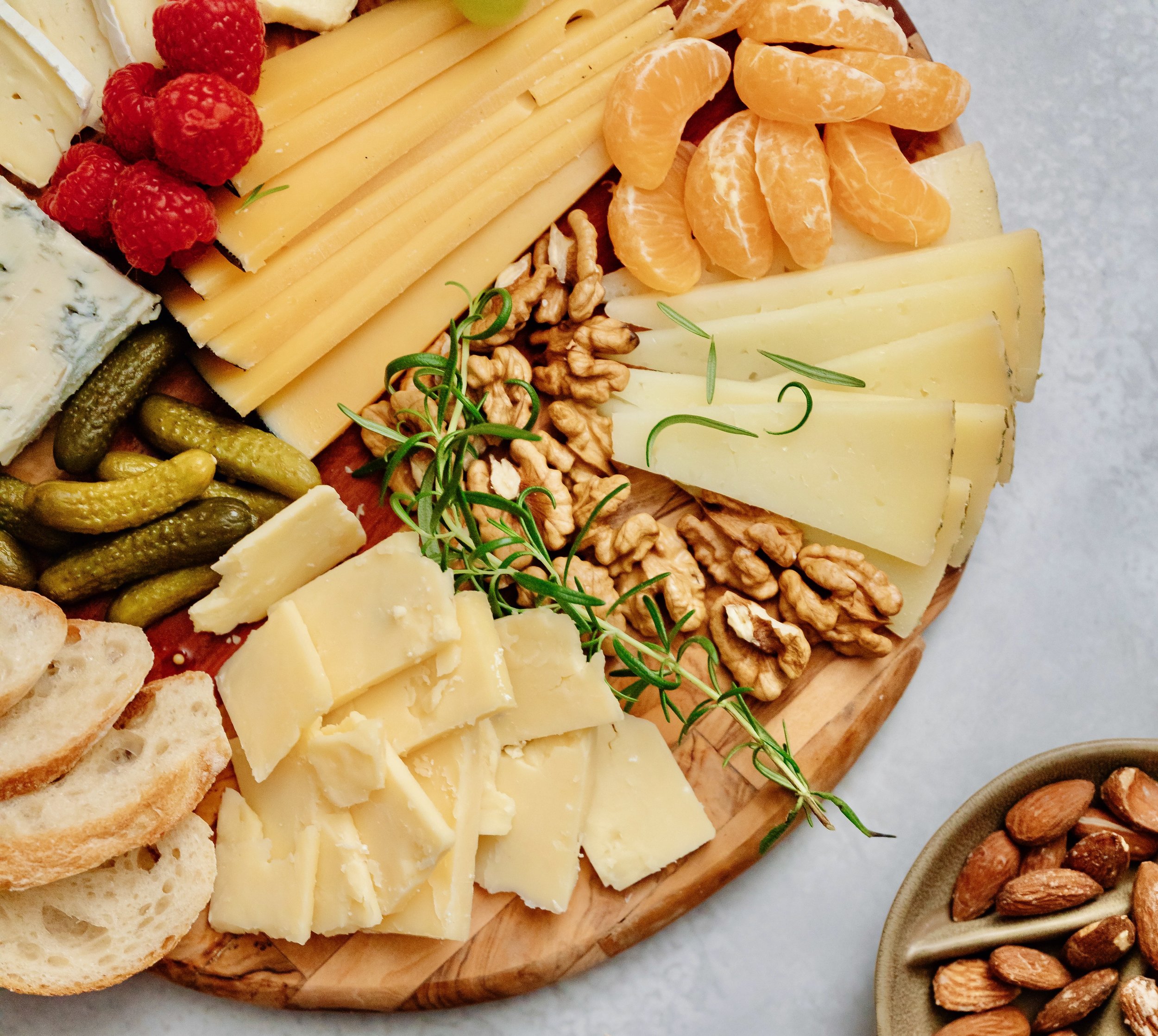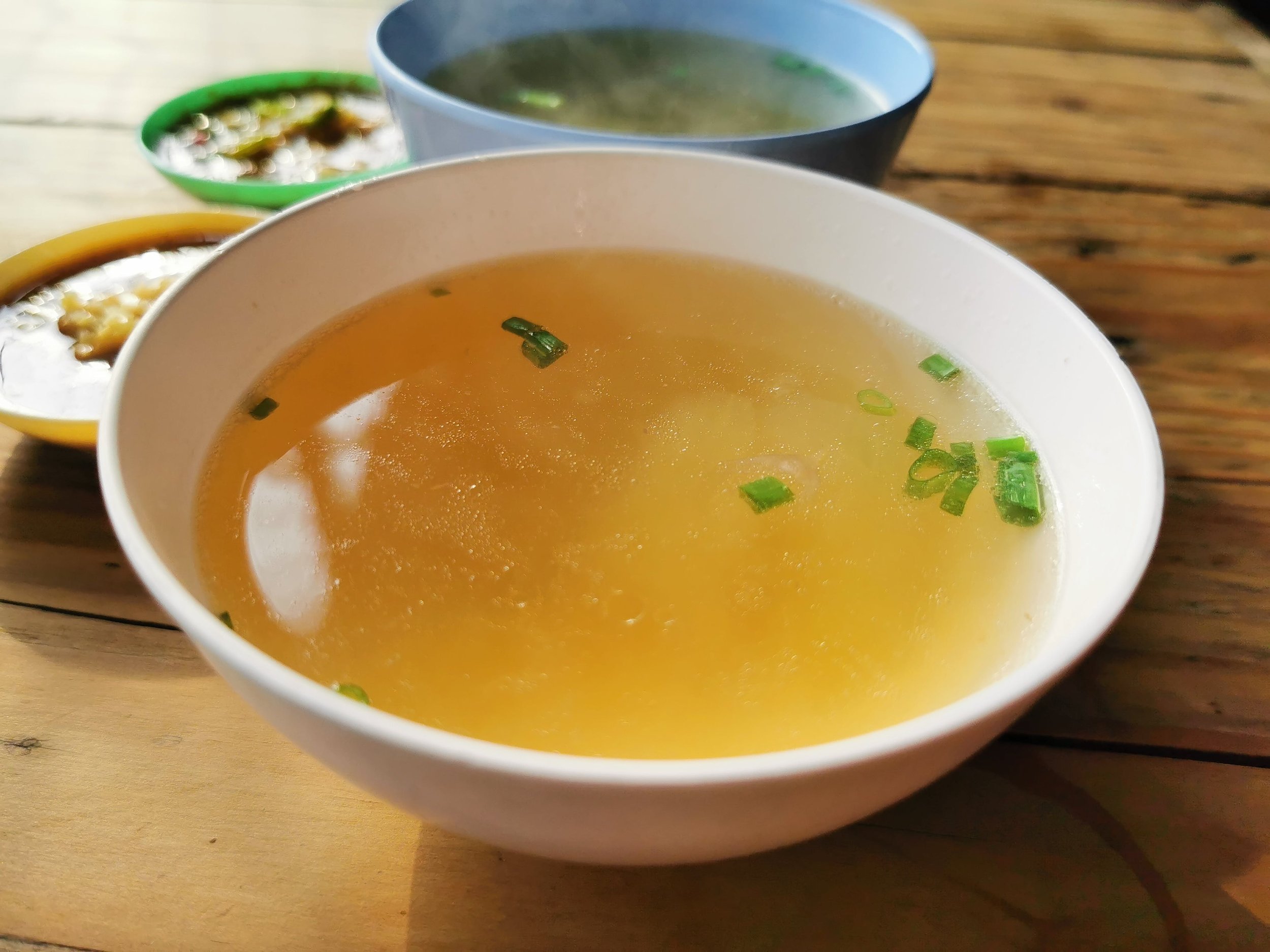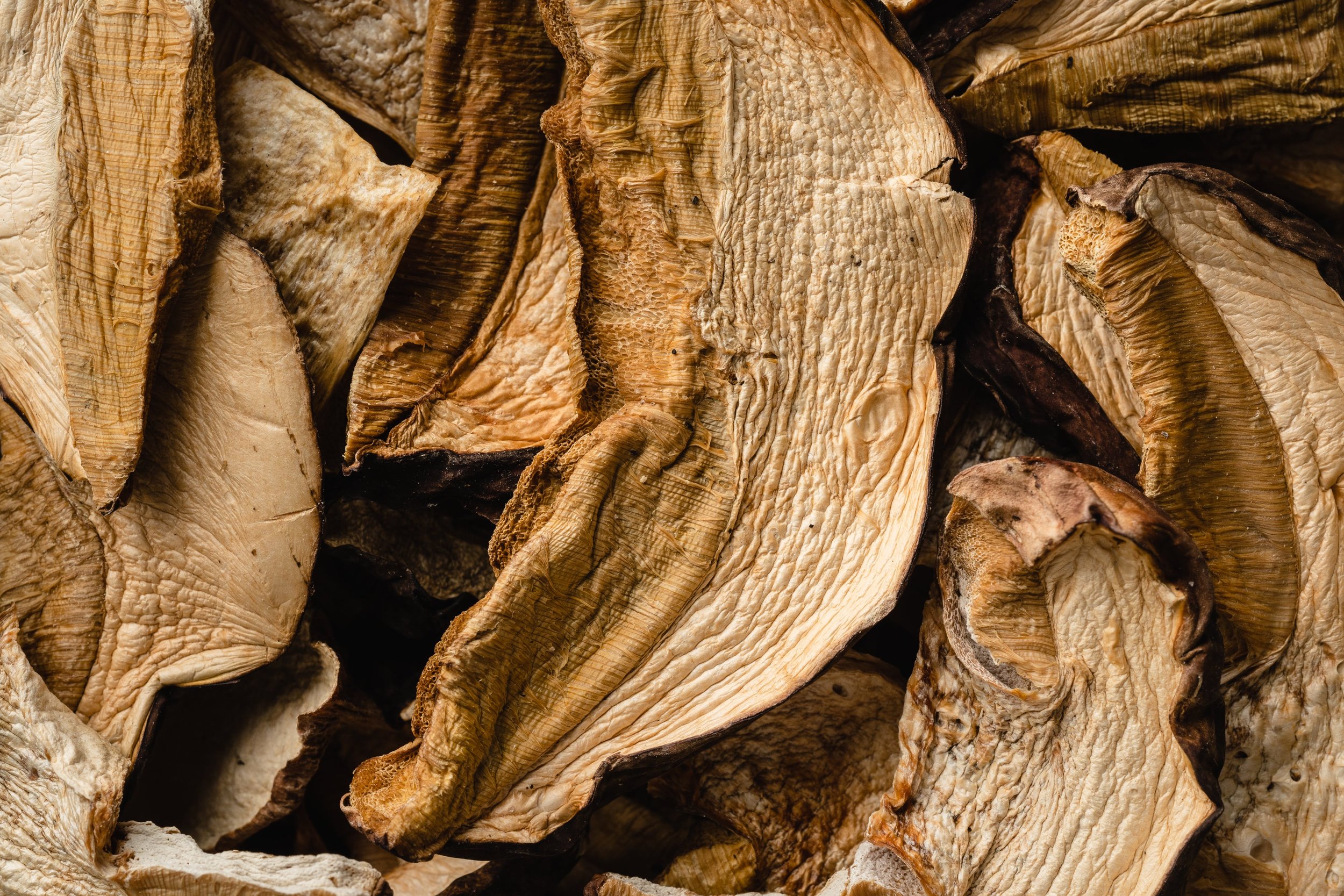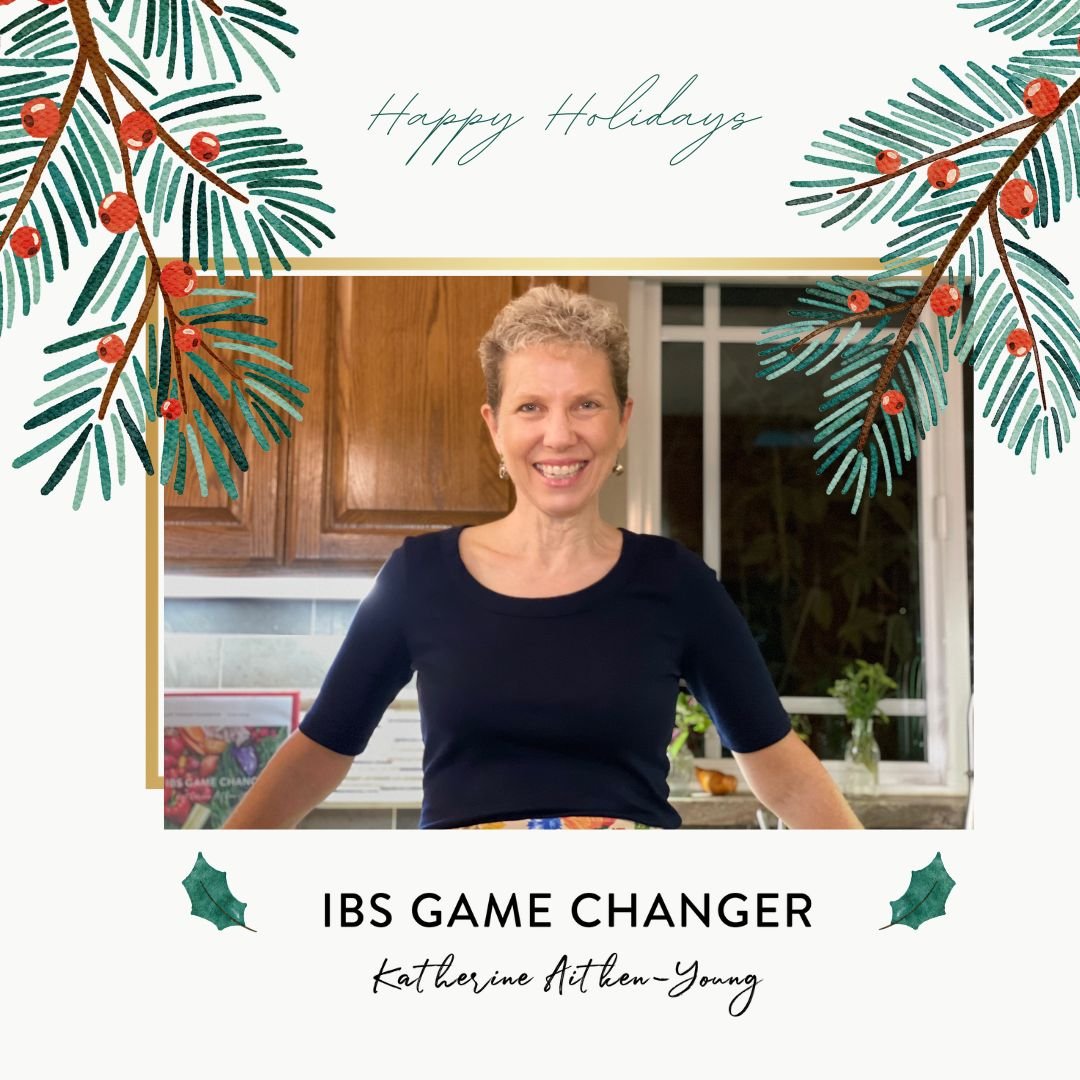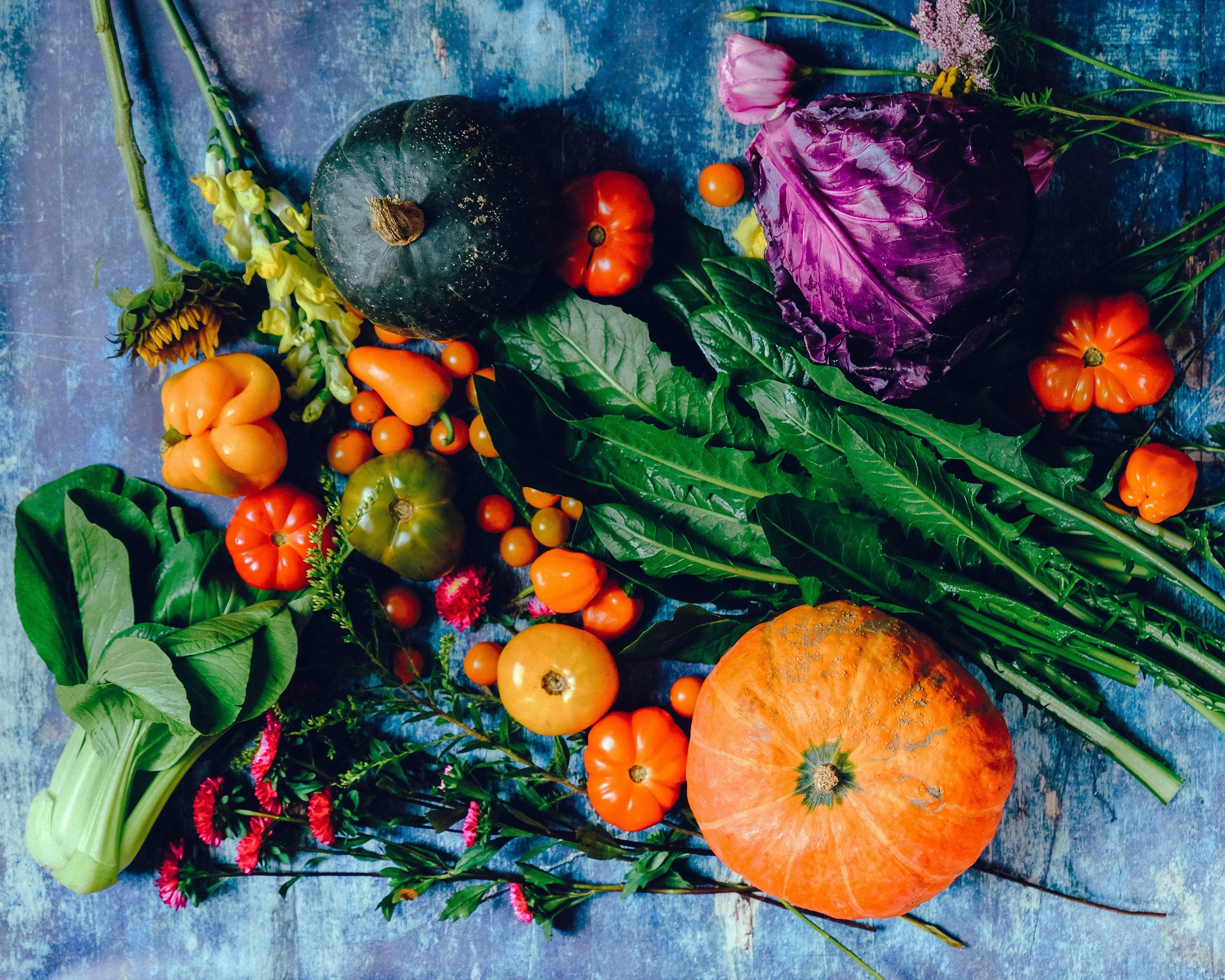What you need to know about FODMAP Stacking
When you’re on a low FODMAP diet and trying to avoid triggering your IBS symptoms, you get very familiar with what foods contain what FODMAPs and what is considered a “safe” serving size. But what if you are sticking to safe servings sizes and you’re still having symptoms? This may be the result of FODMAP stacking.
What is FODMAP stacking? When you have multiple “safe” servings of different foods containing the same FODMAP, or multiple servings of foods containing different FODMAPs and the combined effect causes you distress, this is what we refer to as FODMAP stacking.
Important note: There is no need to worry about FODMAP stacking if your symptoms are well controlled. If, however, you’re still having symptoms while following a low FODMAP diet, then FODMAP stacking may be a contributing factor. Read on.
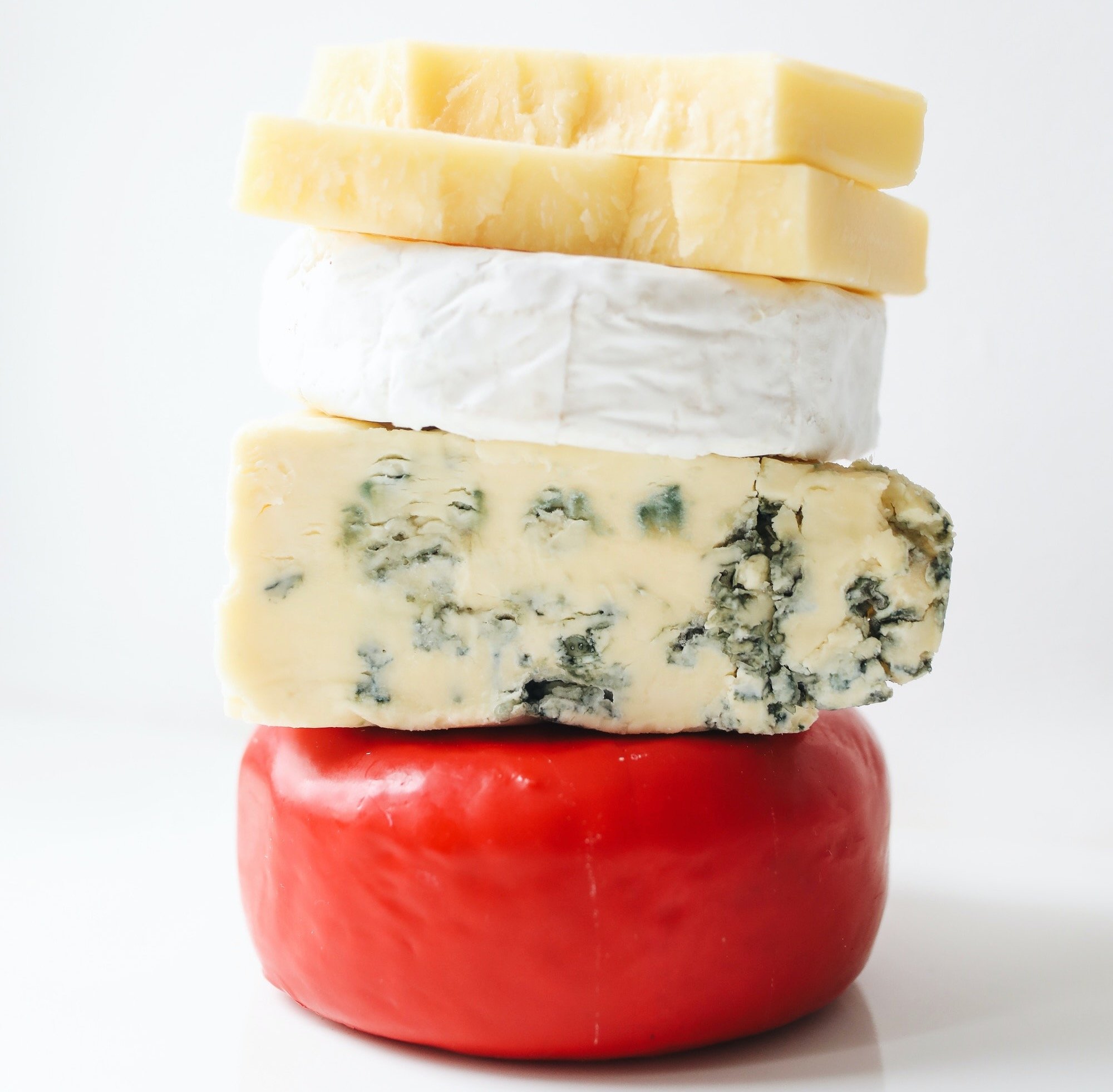
This article is adapted from this post by Monash University
Are FODMAP amounts cumulative?
The short answer is, yes. In one sitting, the total amount of FODMAPs consumed (be it from fructose, fructans, lactose, GOS, or polyols) influences whether the meal is tolerated or whether symptoms are induced.
The Monash University FODMAP diet app uses a traffic light system to indicate the rating of each FODMAP in individual foods (fructose, sorbitol, mannitol, lactose, fructans, and GOS), and the overall FODMAP rating (low (green), medium (yellow), high (red)) of foods at different serving sizes. But we know that people don’t just eat individual foods, they eat mixed meals including multiple different foods. For this reason, the Monash recommendations for low FODMAP serving sizes were set conservatively, allowing people to include more than one green light serving of food per sitting.
Everyone’s threshold level of FODMAP tolerance is different. While FODMAP stacking will be relevant to some people who may find they experience IBS symptoms when multiple green light servings are eaten in one sitting, for many, the conservative FODMAP serving sizes set by Monash means they will achieve good symptom control even when consuming a varied diet that includes numerous green light servings at each sitting.
Does FODMAP stacking relate to the foods eaten over a whole day or just in one meal?
As a general rule, the concept of stacking relates to a single sitting or meal. This of course assumes that meals are spaced out over the day, with at least 2-3 hours between each meal or snack. This allows food to be digested between meals and slows the rate at which the gut is exposed to the FODMAPs. If you find you are constantly snacking and experiencing IBS symptoms, then spacing out your meals may help.
Do I need to track what FODMAPs I eat to avoid stacking?
First of all, if your symptoms are well controlled and you haven’t been thinking about FODMAP stacking, then don’t start worrying about it now! It doesn’t apply to you and the low FODMAP diet is working for you just fine.
You only need to consider FODMAP stacking if you notice that a low FODMAP diet has improved most of your symptoms, but not all of them.
For some people, it will be factors other than FODMAPs that are affecting their IBS symptoms such as stress, hydration, exercise, or anxiety. For others, it might be a higher sensitivity to FODMAPs and thus a need to consider FODMAP stacking as a possible trigger. If you think this applies to you, keeping a food and symptom diary is the best way to work out what your individual IBS triggers are, and whether FODMAP stacking is an issue for you.
Key Tips and Takeaways to Avoid Consequences:
Space out your meals. Leave at least 2-3 hours between eating or drinking anything other than black coffee or water (that includes meals, snacks, and beverages) to avoid potential stacking effects.
Avoid snacking. If you find you are getting hungry between meals (and I’m referring to actual hunger, not boredom, stress, or emotional eating) make sure your meals include enough protein, fat, and fiber to fill you up and keep you satisfied until the next meal.
If you must have a snack, choose a snack that is low in FODMAPs and high in food value such as a protein food (eggs/meat/fish/nuts/nut butter), a complex carbohydrate (whole grain such as whole grain sourdough bread or brown rice), or plants such as carrots or cucumbers.
What does that look like? How about a hard-boiled egg and some black olives? Or a brown rice cake with a slice or two of turkey and some sliced cucumbers on it? Or, a slice of whole grain sourdough with peanut butter on it. Or, a small handful of mixed nuts such as macadamia, pecans, almonds, etc. More snack ideas can be found on my blog here.
More Deliciously Low FODMAP™ tips & tools
Plant variety is only part of the picture. There’s another factor that doesn’t get as much attention but plays a big role in microbiome health: your sodium intake.
Garleek is a vegetable that's a cross between garlic and leeks, and the low-FODMAP greens add a wonderful flavor to your savory dishes
In this blog post I’m sharing 8 strategies to overcome the feelings of discouragement and fear that may be standing in the way of your success.
If you want to try a food that has not yet been tested and added to one of the low-FODMAP apps , one of the most important tools in your low-FODMAP arsenal is self-testing.
In this blog post, I explore some of the ways deep tissue massage can support IBS symptom management, giving you one more tool in your toolbox to find a holistic path to comfort and well-being.
One of the biggest challenges when struggling with gut issues is getting answers to your many questions about cause and treatment. With this in mind, we in the content creator space, work hard to bring you specific and actionable information to help answer your questions.
Since launching IBS Game Changer, I’ve been on a mission to support individuals living with Irritable Bowel Syndrome (IBS) by providing expert coaching, delicious recipes, and essential tips for symptom management.
In this post, I’m sharing many of the essential pantry staples I use in my recipes all the time.
One of the biggest challenges when struggling with gut issues is getting answers to your many questions about cause and treatment. With this in mind, we in the content creator space, work hard to bring you specific and actionable information to help answer your questions.
Monash University recently re-tested avocados for FODMAP content and they made an interesting discovery
In this blog post, I’m addressing the intricate relationship between anxiety and Irritable Bowel Syndrome, exploring how they impact each other, and giving you some specific things you can do to get them both under control.
Not all cheeses are created equal in terms of their compatibility with the low FODMAP diet. This article will help you make informed choices that align with both your preferences and your gut health.
The warmth and soothing nature of bone broth can provide relief from digestive discomfort. Sipping on a warm cup of bone broth may help ease symptoms such as bloating and cramping.
After the holidays or any time you want to improve your relationship with food, use these techniques to master mindful eating and regain control of your health.
From Mindful Munching to making Social Connections — here are some tips for a happy holiday!
Research underscores the point that moderate-intensity exercise often outperforms vigorous exercise in relieving IBS symptoms. But individualization is key.
Taking a moment each day to acknowledge and appreciate the positive aspects of our lives can have a profound impact on our well-being.
How can you ensure your gut biome is in the best shape possible? I’ve put together the top 10 strategies to promote a healthy and diverse gut biome. Read on…




